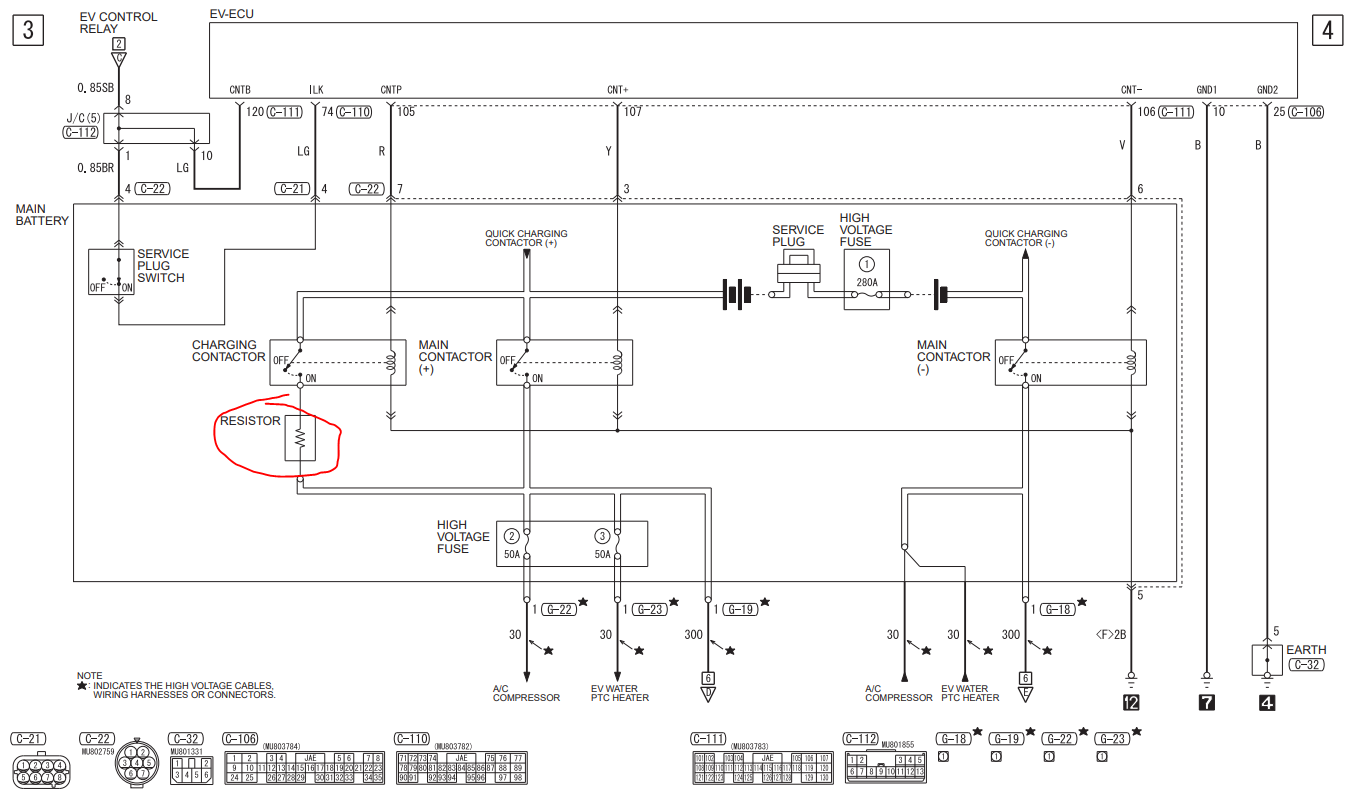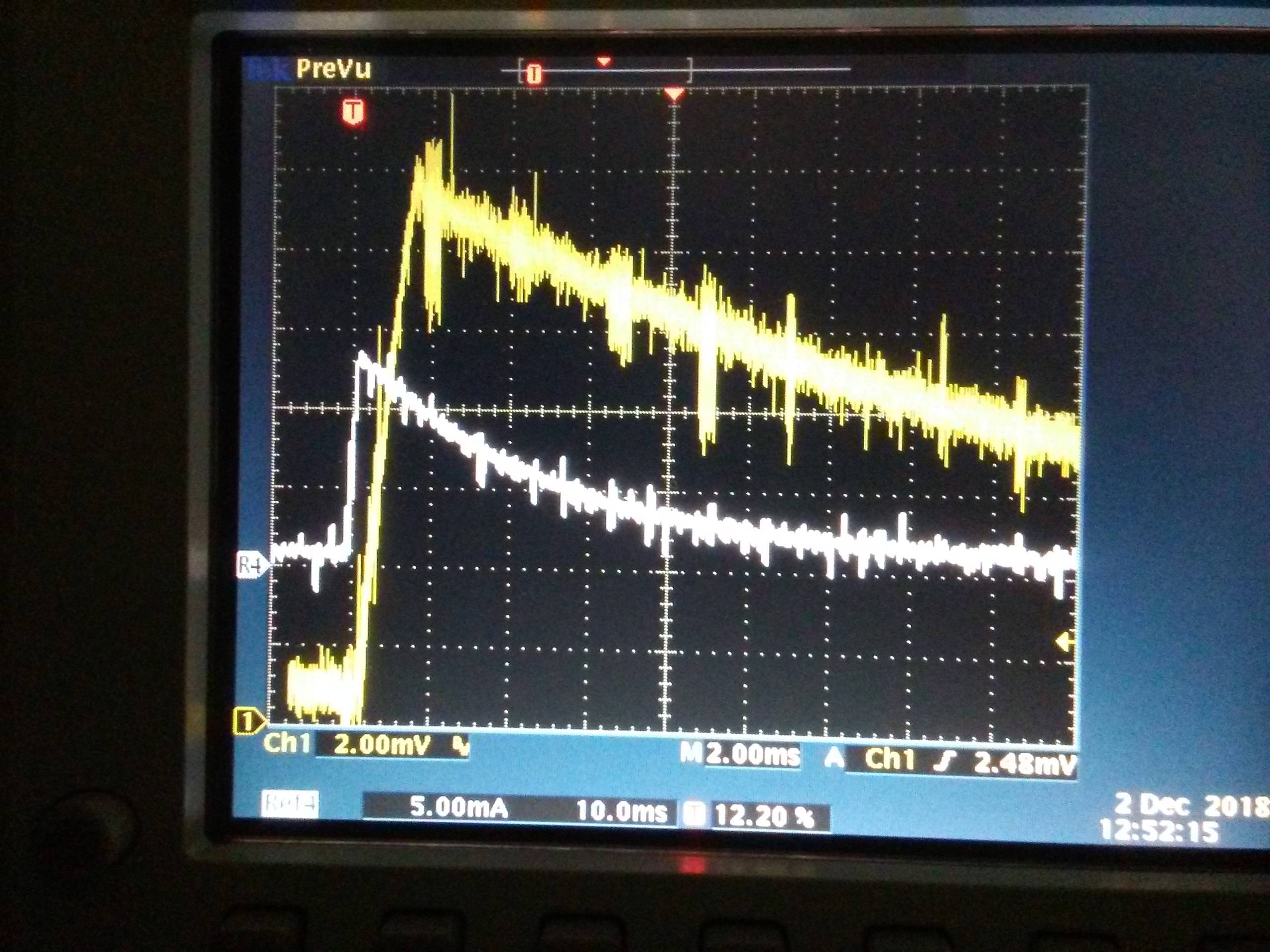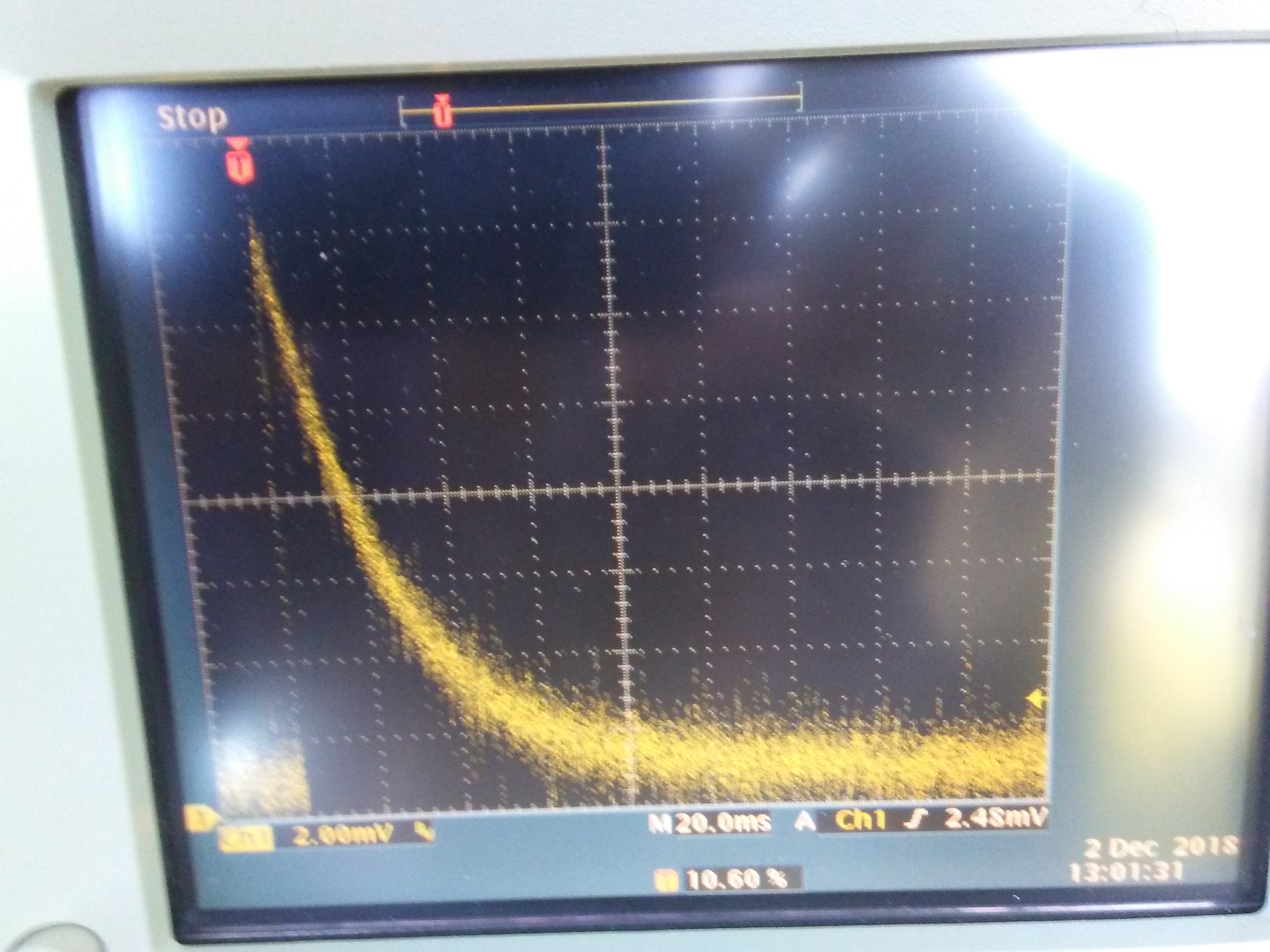- Joined
- Aug 18, 2018
- Messages
- 35
Does anyone know the specs for the pre-charge resistor in the imiev battery pack?
In the process of diagnosing a failure to start (go into "ready") of our imiev, we believe we have isolated the issue to the pre-charge contactor and resistor. We are able to trigger the negative, main positive and pre-charge (positive) contactors from the connector on the side of the pack (C-22). We can hear the contactors, and we get a half-pack voltage reading from the main positive and main negative (from inverter main cable to the main fuse under the car), but no voltage reading from pre charge contactor. I suspect the pre-charge resistor has burnt out.
Unfortunately there doesn't appear to be any way to access this aside from getting the battery out of the car. I'm hoping to borrow time on a hoist and drop the pack out to confirm and change over the resistor. However in order to not to tie up the hoist longer than necessary I'd like to have the part on hand, but I don't know the specs. The part is labeled in the service manual circuit diagrams as "resistor", but without specs.

In the process of diagnosing a failure to start (go into "ready") of our imiev, we believe we have isolated the issue to the pre-charge contactor and resistor. We are able to trigger the negative, main positive and pre-charge (positive) contactors from the connector on the side of the pack (C-22). We can hear the contactors, and we get a half-pack voltage reading from the main positive and main negative (from inverter main cable to the main fuse under the car), but no voltage reading from pre charge contactor. I suspect the pre-charge resistor has burnt out.
Unfortunately there doesn't appear to be any way to access this aside from getting the battery out of the car. I'm hoping to borrow time on a hoist and drop the pack out to confirm and change over the resistor. However in order to not to tie up the hoist longer than necessary I'd like to have the part on hand, but I don't know the specs. The part is labeled in the service manual circuit diagrams as "resistor", but without specs.






































